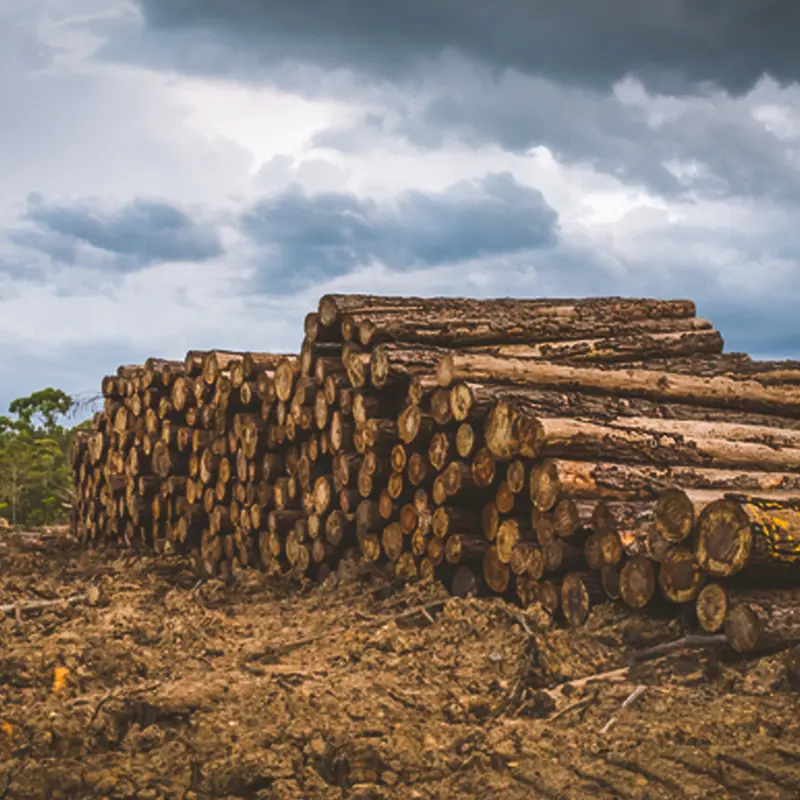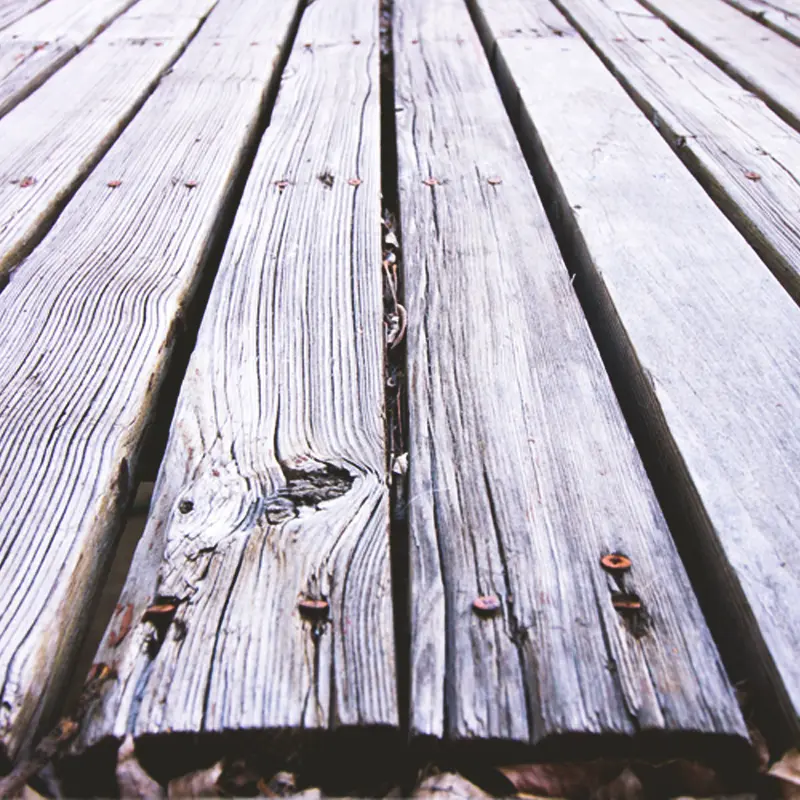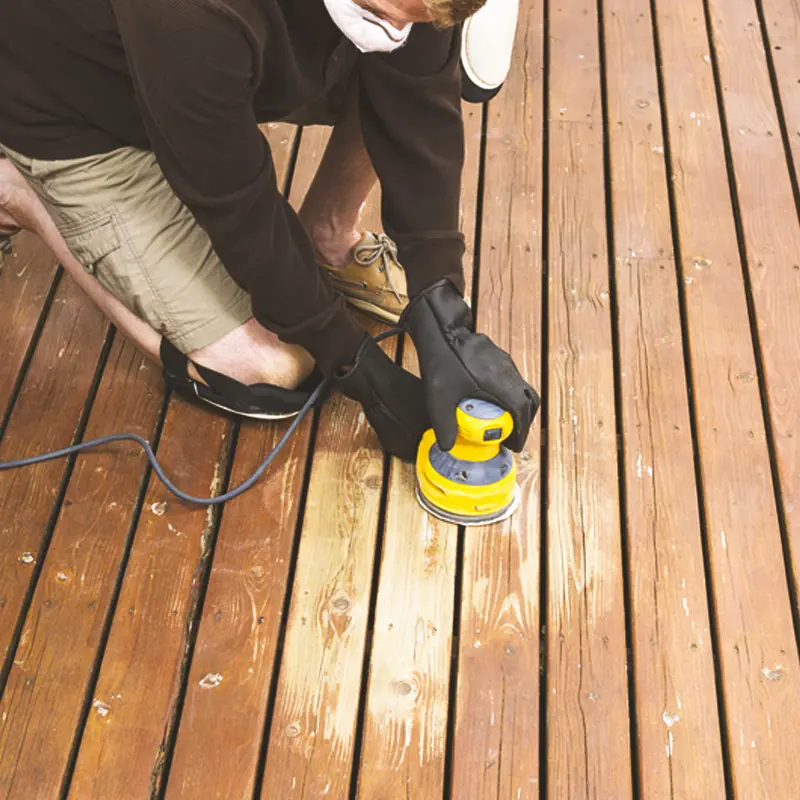The plastic lumber industry, has experienced substantial growth over the last 25 years, largely due to its increasing popularity as a low-maintenance, long lasting alternative to wood. However, there are a variety of wood-substitutes, each with their own distinct properties and characteristics.
Wood
Wood has been a standard building material for centuries. However, with the rise of global warming and deforestation, wood-alternatives are increasing in popularity and use. Thanks to modern technology, we have been able to create a product that will decrease the need for wood materials.

While wood is still favored for its cost and appearance, the extrusion of plastic lumber reduces deforestation.

Wood deteriorates, cracks, rots, splinters and is prone to mold and mildew.

Wood requires sanding, staining, and chemical treatments and more – meaning more expense & more labor.
Wood-Composite
Traditional wood-composite materials are typically manufactured using 50% plastic and 50% organic wood material, such as sawdust or other recycled wood fibers. This makes the product harder to recycle, and still contributes to the destruction of our forests through the use of a wood-filler.
Wood-composites are susceptible to stains, mold, mildew, and insect problems. They require replacement more quickly than recycled plastic lumber, and require more maintenance and upkeep on the part of the consumer.
Mineral-Added HDPE Plastic Lumber
BearBoard’s combination of longevity and consumer friendliness makes it the leading alternative to wood, concrete and metal building materials.
Its resistance to decay and ability to withstand severe weather ensures a lifetime of use, without sacrificing the look of the product. In half a century, your plastic lumber will look as good as new. Plus, no maintenance or replacement is needed which relieves the consumer of both a financial and physical burden. While the initial cost of plastic lumber is higher, the product is a better value over time.
Plastic is typically softer than wood or wood-composites and is susceptible to expansion and contraction from variable temperatures. To compensate for the decreased strength of recycled plastic lumber made from 100% HDPE, BearBoard manufactures it’s plastic lumber using a proprietary blend of polyethylene and minerals that add strength, increase durability and decrease expansion and contraction.
Since the minerals are not an organic material, BearBoard’s plastic lumber remains impervious to rot, mold, mildew, insects, water and other decay.